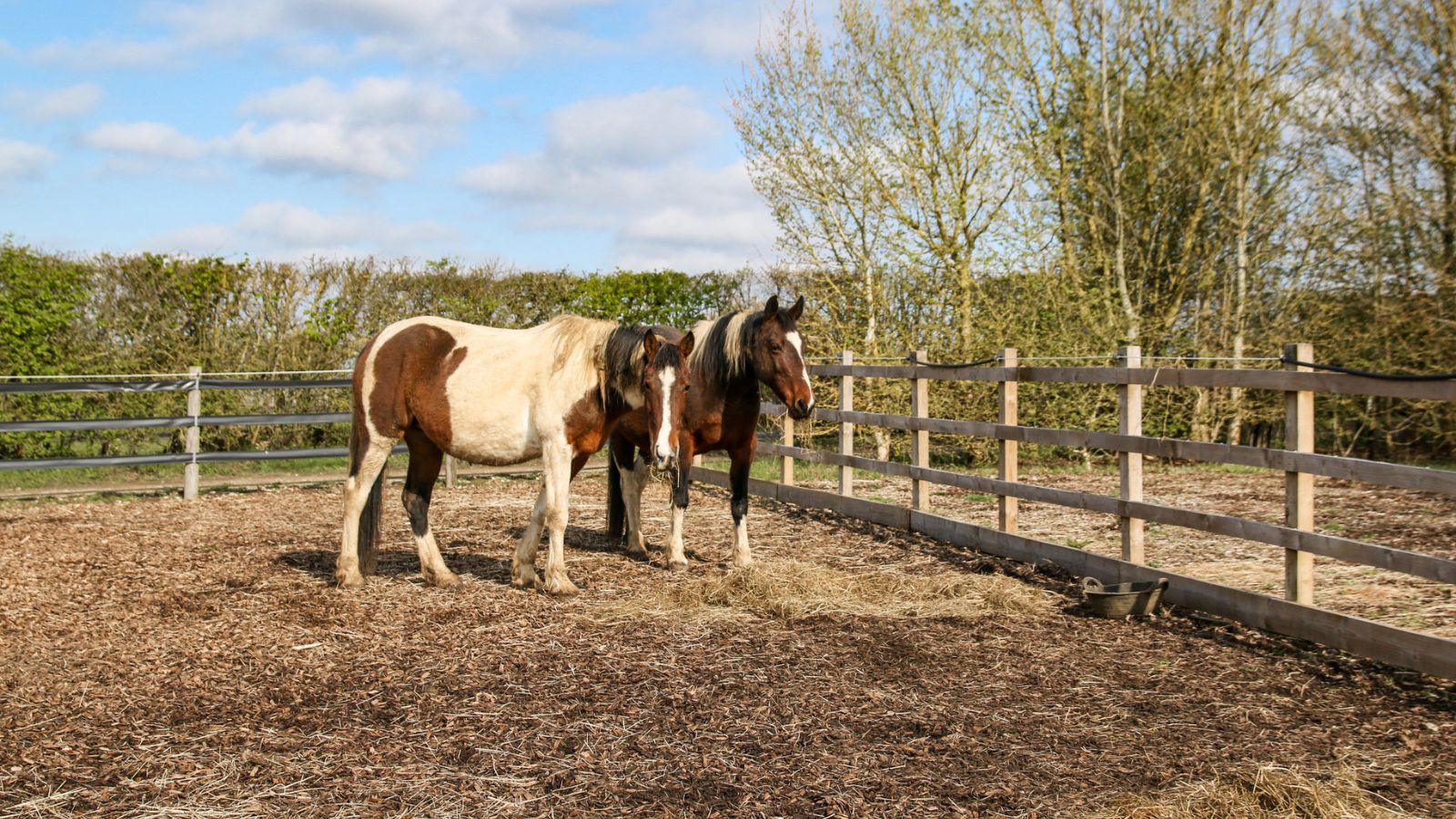
Food preparation and storage for horses
Preparing and storing your horse's food correctly can prevent it from going to waste.
Both hard feed and forage should be stored in clean, dry environments to prevent it from deteriorating. All food bowls and equipment should also be kept clean and free from stale feed.
Stale or contaminated feed can cause serious digestive disturbances – do not be tempted to feed it to your horse. Instead, there are steps you can take to avoid contamination and wastage.
Storing forage
Hay and straw should be stacked when it is cool and dry, and kept undercover from the elements. Ensure that air can circulate under the bales to prevent them getting damp and musty. You can do this by stacking the bales on pallets or planks of wood so that the bottom layer is raised a couple of inches from the ground.
Haylage should be also carefully handled and stacked to avoid puncturing the bales. Damaged and soiled bales of hay and haylage should not be fed.
Storing hard feed
Hard feed should be kept in a cool, dry place in a vermin-proof container with a secure lid. Make sure to wash out and dry feed bins periodically between fresh bags of feed. You should also regularly wash out bowls and feed scoops between uses.
Make sure to store feed containers where your horse cannot access them. Special care must be taken with the storage of unsoaked sugar beet, as this could be fatal if eaten by a horse.
Tip
Details of the 'use by' date are usually located on the feed packet. You can also contact the feed manufacturer for storage guidance.
Feeding your horse
Always dampen down any dry food with water before feeding – this can reduce the risk of choke. Feed your horse from a large shallow bowl that can be placed on the floor and will be difficult to tip over. Rubber or plastic bowls are the most suitable to avoid causing injury to your horse.
Mangers that attach to the stable door or the fence can also be used to feed your horse, but it's more natural for them to feed from ground level.
Feeding forage
While it’s more natural for a horse to eat their hay from the floor, it can be trodden on and wasted. A hay net will help you to weigh your horse's rations and can help to slow down eating if a small mesh net is used. When using a hay net, ensure that it’s tied high enough using a quick release knot to prevent your horse getting a foot caught in it.
When feeding hay in the field, scatter it in small piles so that horses can walk from pile to pile as if they’re grazing. If horses are sharing a field, make sure there are more piles of hay than horses. This will help to avoid any fighting over food.
Tip
Weighing your horse’s feed – including forage – can help with weight management. This is especially useful when your horse needs to lose weight as it can help you control how much they are eating. As a guideline, horses should eat at least 1.5 per cent of their body weight per day.
Page details
Published
• 3 July 2023
Next review
• 3 July 2026





